Honoring French and U.S. Military Cooks on Veterans/Armistice Day
5 Truly Fascinating Stories Of 5 Military Cooks
In honor of Veteran’s/French Armistice Day, I would like to shed some light on various military cooks and their respective careers.
Veterans Who Served As Cooks Of The United States Military
Dorie Miller - At 7:57 am on December 7, 1941, Mess Attendant 2nd Class, Dorie Miller had already served breakfast and was collecting laundry onboard the USS West Virginia, when Japanese planes attacked the ship with the first of seven torpedoes.
When Miller heard the “battle stations” alarm was rang, he reported to his anti-aircraft gun amid ship, he found it had already been destroyed by a Japanese torpedo.
Miller then went to a central part of the ship called “Times Square” and reported himself as available for other duty. With a number of sailors wounded and needing medical attention, Miller was ordered to carry other sailors to safer places on the ship. Standing at a height of 6 feet 3 inches, Miller was noticed by Lieutenant Commander, Doir C Johnson, the ship’s communication officer. Johnson ordered Miller to follow him to the ship’s conning tower on the flag bridge to assist in moving Mervyn Benson, the ship’s captain who had a serious abdomen wound from an area that was exposed to enemy fire, to a position behind the conning tower that was provided shelter for the captain for the rest of the attack.
At that point during the attack, Miller was ordered to assist in the operation of an unmanned .50 caliber machine gun behind the conning tower. With no previous experience, Miller figured out how to operate the gun and managed to shoot down two Japanese planes before he ran out of ammunition.
Still under attack from Japanese planes, Miller was then ordered to carry Captain Benson to the navigation bridge, which was free from the oily smoke coming from the many fires on the ship.
With the attack almost over, Miller spent the rest of the day moving injured sailors through oil and water to the ship’s quarterdeck. As a result of Dorie Millers heroic efforts, he saved the lives of many of his shipmates during the Pearl Harbor attack. On May 27, 1942, Admiral Nimitz presented Miller with the Navy Cross for his bravery. Miller was also nominated by two members of congress to receive the Congressional Medal Of Honor, but Frank Knox, the Secretary of the Navy was opposed to African Americans serving in any combat roles during the war and denied the nomination which was overwhelmingly supported by his fellow shipmates and officers.
In June of 1943 Miller was promoted to Cook Petty Officer, Third Class and was serving on the Escort Carrier Liscombe Bay. In November of 1943, Dorie Miller was killed in action during the Battle of Makin, when the carrier was torpedoed by a Japanese submarine just off of the Gilbert Islands.
Dorie Miller wearing after being decorated with the Navy Cross
John Henry Turnpin - Born on August 20, 1876 in Long Branch, New Jersey, John Henry Turnpin decided to enlisted in the US Navy in New City on November 4 1876.
On the night of February 15, 1898, was serving onboard the USS Maine which was anchored in Havana Harbor during the Spanish American war. As one of the ship’s Mess Attendants, Turnpin was in the wardroom’s pantry when a huge explosion ripped through the ship. In feeling the effect of the explosion, Turnpin said that he could feel the ship “heave and lift” and the ship’s lights going out immediately therafter. After the explosion, Turnpin found his way out of the pantry and into the wardroom where he was able to climb up the captain’s ladder to get to the ship’s deck. Turnpin then dived overboard where he was rescued by a motor launch. The explosion was so powerful, that it inflicted 261 fatalities, leaving only 94 survivors. Of those 94 survivors of the USS Maine explosion, Turnpin was only one of 16 crew members were uninjured.
By mid 1905, Turnpin was assigned to the USS Bennington. On July 19, 1905 The Bennington, and its crew had just sailed from Hawaii to San Diego on what was described as a “difficult 17 day voyage”’. On the morning of July 21, 1905, the crew of the Bennington received word that the USS Wyoming had broken down offshore of San Diego and was in need of a tow. Once the crew of the Bennington had the boilers properly loaded with coal, and were preparing to get underway. The combination of oily feed water, a steam valve that was not correctly closed, and a faulty steam guage resulted on one of the boilers exploding. At the moment of the explosion, most of the crew was below deck, cleaning themselves from the dirty job of transferring the coal into the boilers. The explosion was so forceful that it catapulted many men and objects into the air. Also, the escaping steam from the damaged boiler instantly sprayed throughout the ship’s compartments and decks, scalding a number of men to death, and left many other crewmen with mortal wounds.
Surviving the explosion, Turnpin saved three officers and 12 sailors by swimming them to shore, one at a time. The boiler explosion of the USS Bennington resulted in 66 fatalities with only 36 crew members surviving the blast. Eleven of Turnpin’s crew mates were awarded the Congressional Medal Of Honor for their heroic actions following the Bennington’s catastrophy. Unfortunately, John Turnpike was not one of them.
After the Bennington explosion, Turnpike started working a a navy diver, and became the first African American to be classified as a Naval Master Diver.
John Henry Turnpin
Alex Haley - In 1939, Alex Haley’s father felt that he needed discipline and growth and convinced him to enlist in the military. In May of 1939, Haley joined the Coast Guard, beginning a 20 year career. Upon joining the Coast Guard, Haley became a mess attendant and was assigned to the USCGC Mendota.
At the beginning of World War 2, Haley was reassigned was assigned to the USS Murzin, and was promoted to Steward Third Class. While onboard the Murzin, Haley would see many instances of hazardous duty. But was often heard sayng Haley that the worst enemy was not fighting the Japanese, but that of boredom during long sea voyages.
To alleviate his boredom, he started to develop his craft as a writer. He was known to write and send as many as 40 letters a week, and often received as many letters back in response. Having mastered the art of writing a great letter, Haley’s crew mates and officers would pay him to ghost write love letters to their wives and girlfriends. An activity that hearned him a considerable amount of money.
In granted permission to change rates to become a signalman, in 1941, and published the first of many articles as a freelance writer.
After the end of World War 2, Haley was assigned to the Coast Guard District Office in New York City. When an admiral that Haley served as a steward read one of his articles, he was so moved that he petitioned for a special position created just for Haley, Chief Journalist.
In 1959 Haley’s 20 year career in the Coast Guard came to an end. In is post military career, he worked as a writer and editor for Reader’s Digest magazine.
Haley would then go on to publish a number of famous and highly acclaimed interviews for “Playboy Magazine. In 1963, Malcom X agreed to an interview with Haley. This initial interview led to over 50 interviews with Malcom X. Haley had interviewed Malcom X so many times, talking about so his life and views on so many subjects that Haley was able to ghostwrite “The Autobiography of Malcom X” which was published in 1965, shortly before his death.
In October of 1976, Haley published “Roots: The Saga Of An American Family”. The story is based on his maternal grandma’s oral family history, an would top the “New York Times Bestseller List” for 22 weeks and would sell 15 million copies.
Alex Haley died from a heart attack on February 10, 1992 from a heat attack.
Alex Haley enlisted in the US Coast Guard
Cooks Who Served In The French Military
Georges Auguste Escoffier -Known as the “King Of Chefs and Chef of Kings”, At the age of 19,Escoffier was drafted into the French Army in 1865. Escoffier was stationed in a number of locations in France. At the outbreak of the Franco Prussian War, in 1870, Escoffier was stationed with the French Army , of the Rhine at Metz, when the Prussian Army overtook, the French Army. Escoffier would be a prisoner of war for 6 months. After Escoffier’s enlistment in the French Army ended, he would go on to revolutionize the manner in which professional kitchens are organized, create a number of new dishes and recipes, and write a number of cookbooks that still influence chefs today.
Auguste Escoffier
Jaques Pepin - French Chef, Jaques Pepin served in the French Navy from 1956 -1958. In Pepin’s autobiography, “The Apprentice, My Life In The Kitchen”, he wrote that he preparing to be sent to Algeria during the Algerian War, but instead was assigned to be the officer’s chef at Pepineire, which is located at the French Naval Headquarters in Paris. Pepin’s brother Roland, was already stationed in Algeria as a member of the French Air Force. The French military policy stated brothers could not simultaneously serve in the Algerian war zone.
Shortly after reporting for duty in Paris, Pepin was transferred to be the chef for the of the Treasury. But due to the instability of the Fourth Republic of France Pepin soon found himself promoted o be the personal chef the French President. Through the many changes and shake ups in the French leadership, Pepin worked for four different French Presidents; including Charles De Gaulle.
In 1959, Pepin’s enlistment ended, and he decided to immigrate to the United States, where he would publish several cookbooks, teach cooking classes, and hosted several cooking shows which became a staple on public television. At 86 years old Pepin is very active as a chef and artist.
Jaques Pepin
In conducting research for this column, I found biographies written about many other military cooks. Perhaps on future Veteran’s/Armistice Day’s I will do my best to honor as many of these culinary heroes as I possibly can.

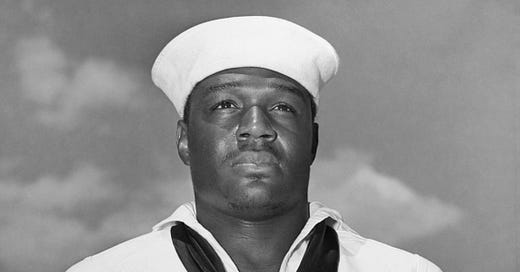



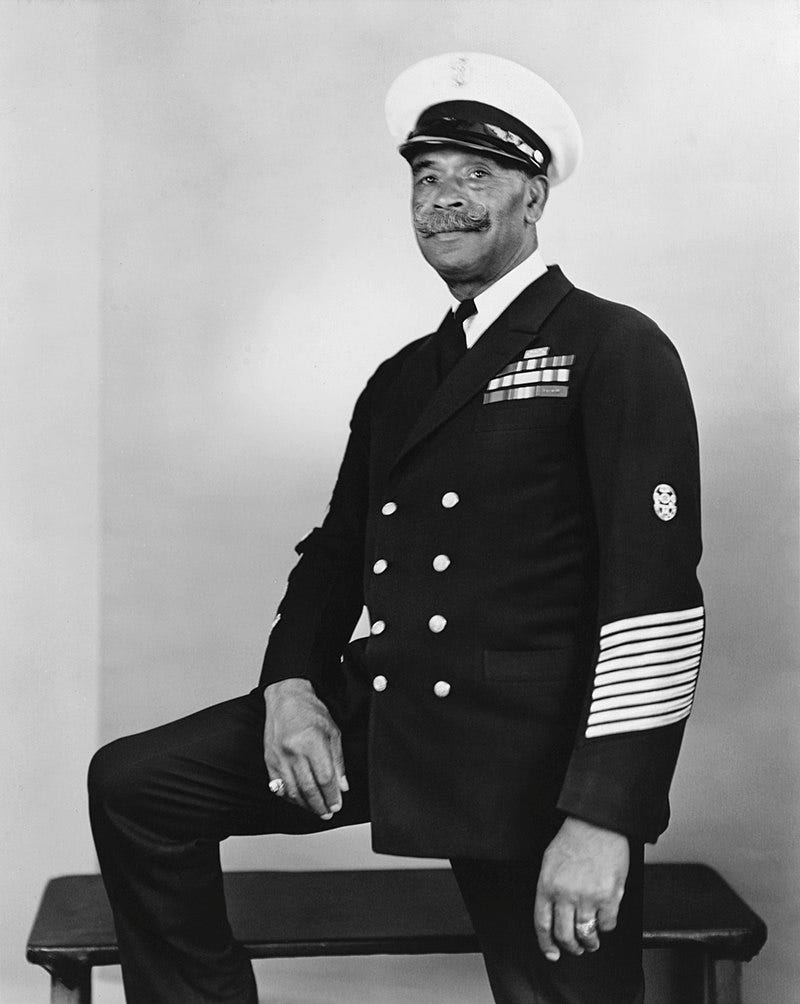
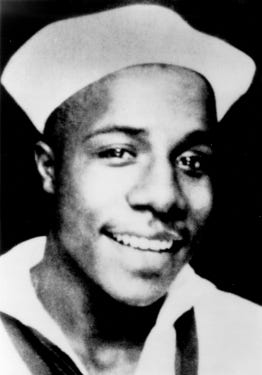
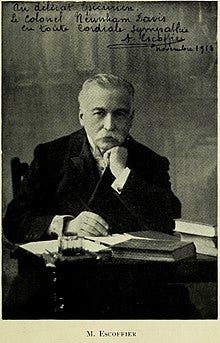
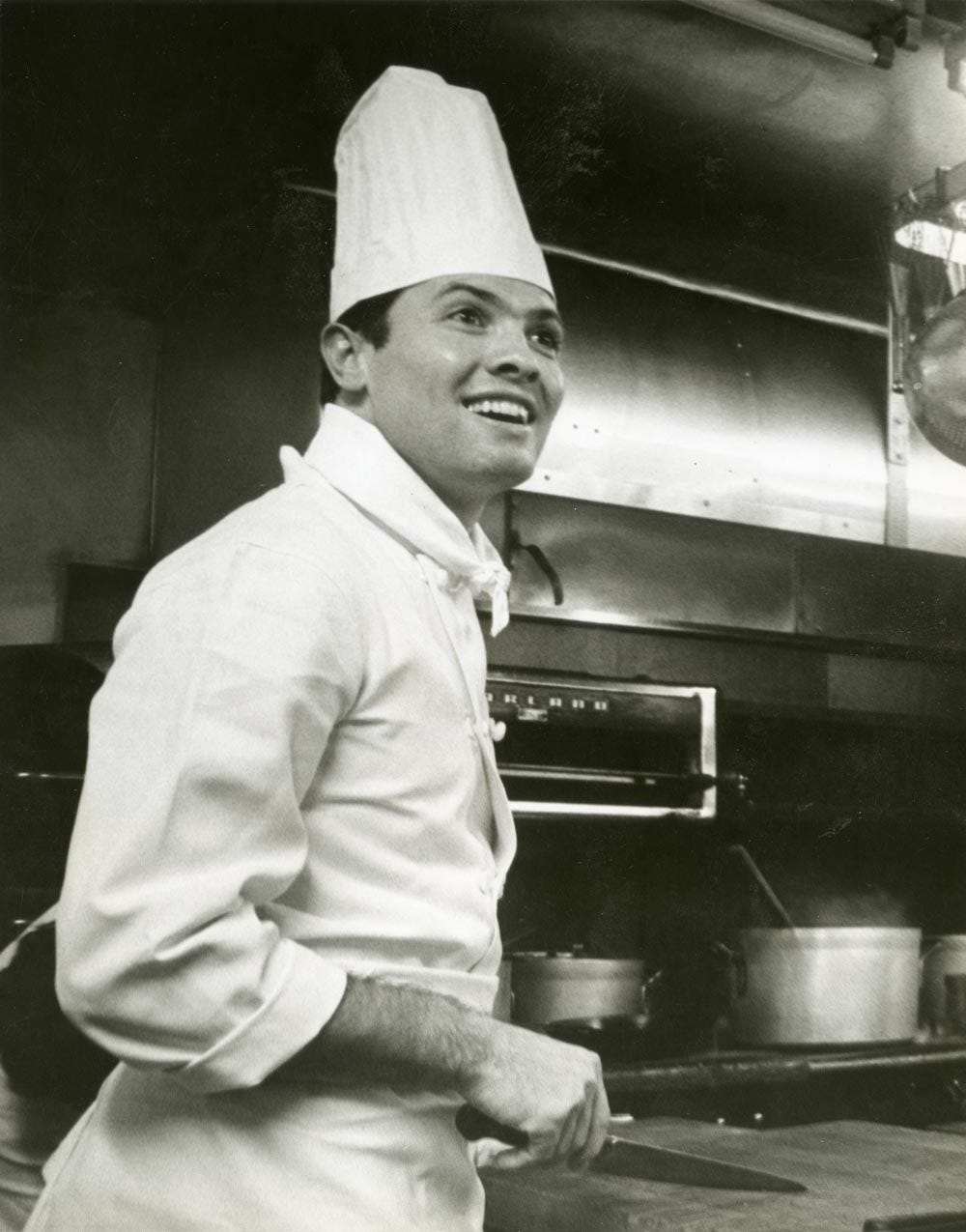
Thank You!!
This was a grear article!